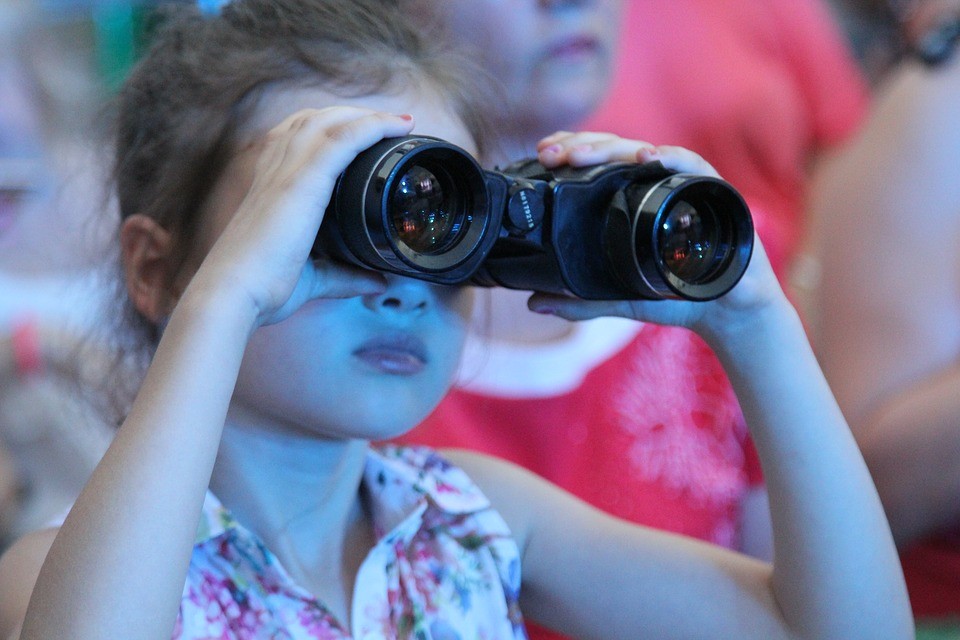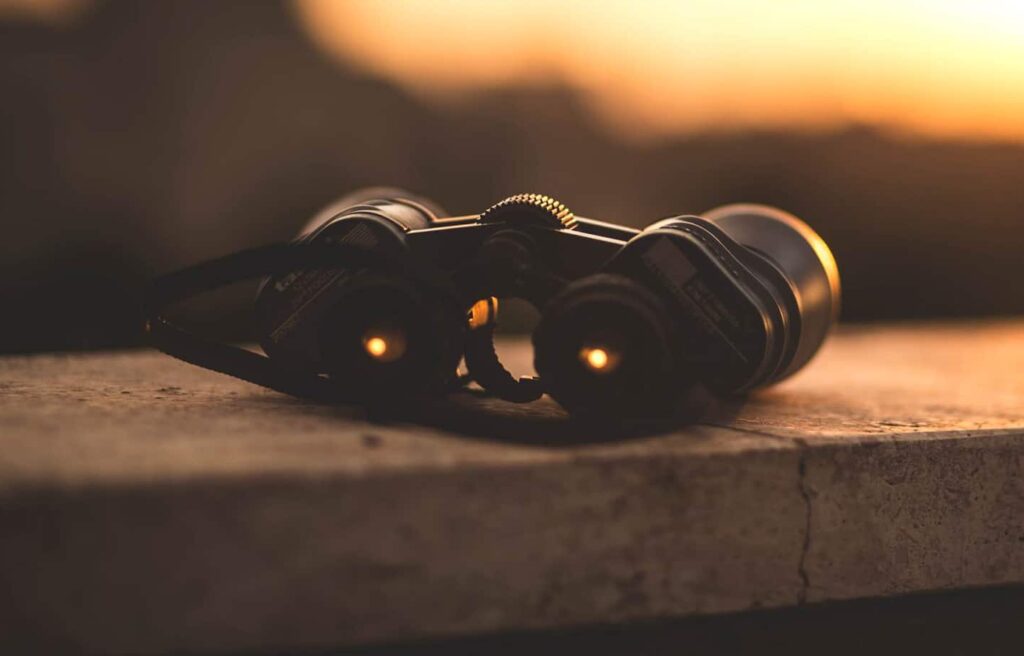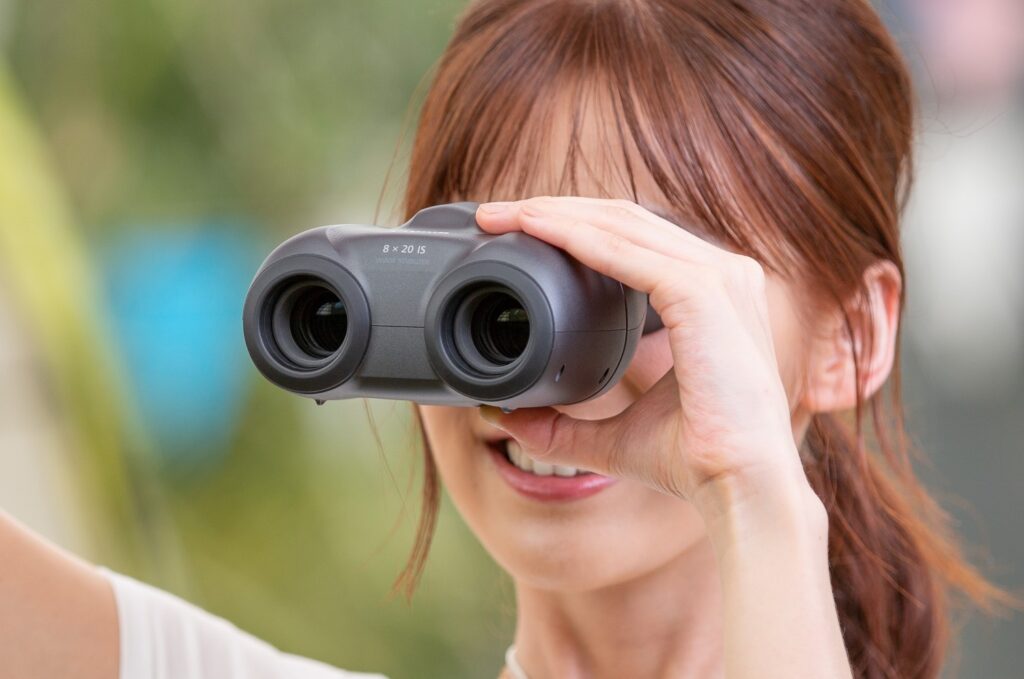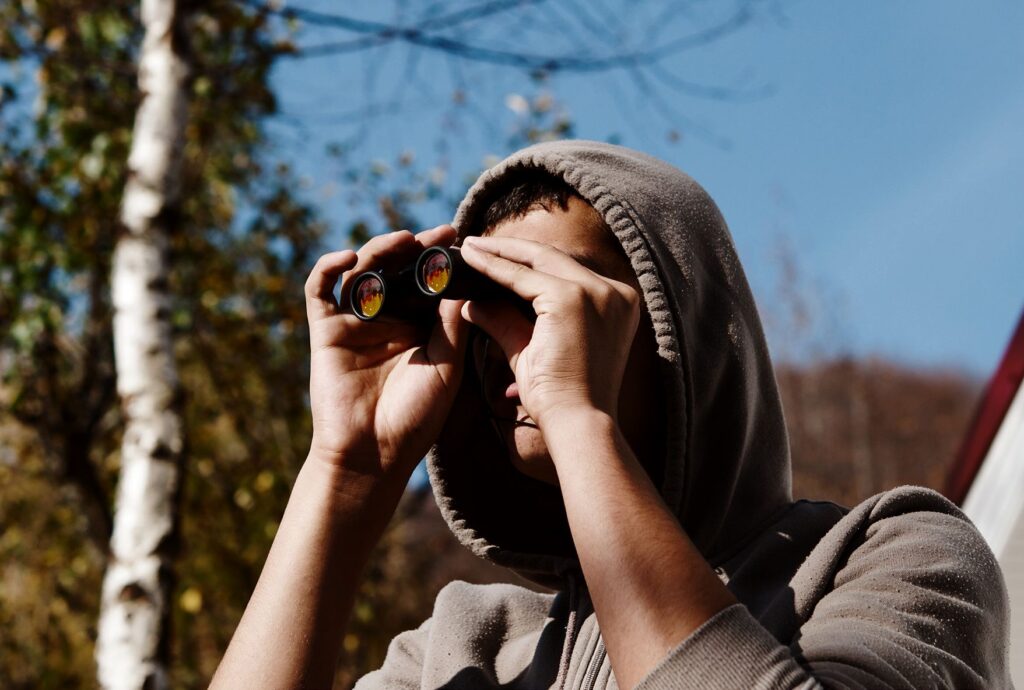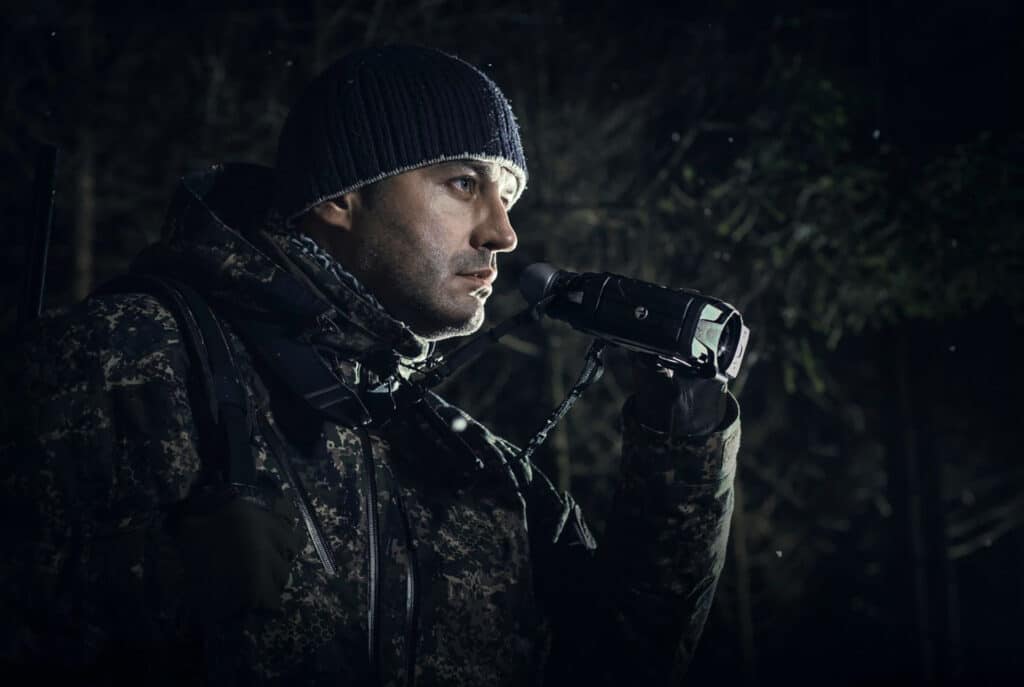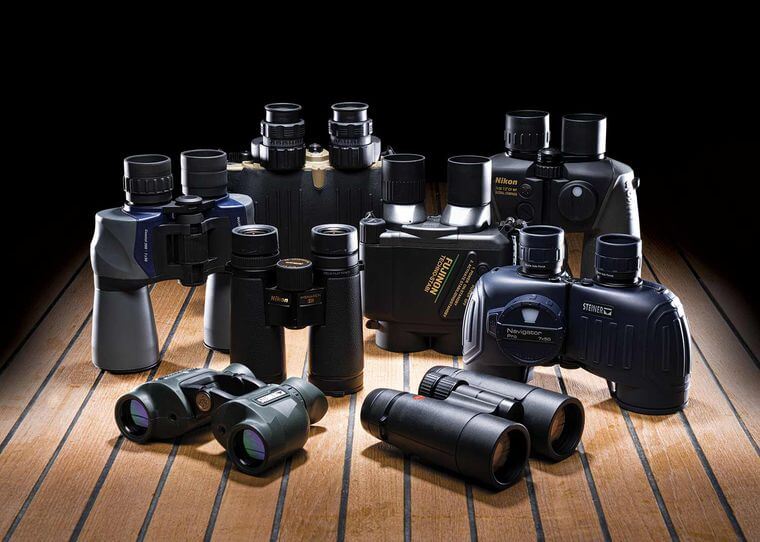

TheOptic are confident that you will all know what binoculars are, but not everybody understands the history of binoculars; when and where binoculars were invented and who by, how binoculars have evolved from early examples and common uses for binoculars that may vary from their original purpose.
Here we will look into all of those things and hopefully look at a few things you may not have known about binoculars, from fascinating facts and trivia to detailed technical information that has shaped binoculars’ manufacture for generations.
If you are in the market for a great pair of binoculars, TheOptic has a great guide to some of the best options under $300 that you should take a look at when you have finished reading here.
In the simplest terms, Binoculars are a pair of telescopes allowing the user to magnify their vision through both eyes simultaneously. We often think of binoculars as handheld items that we hold to our eyes, and while these are the most common examples we see today, it is by no means a necessity of definition. Any magnifying device that utilizes both eyes are known as binoculars.
Being able to magnify objects through both eyes is a massive help as it provides greater focus than having to look through a single eye. It also allows for a much quicker look than a telescope, or monocular.
The origins of binoculars effectively go back to the invention of corrective eyeglasses in late 13th century Italy. These initially utilized convex lenses to magnify objects close to ones’ eyes, thus treating hyperopia, or long-sightedness as we often call it. Roger Bacon, a Franciscan friar, was the first to suggest this in 1267, initially suggesting putting sheets of glass in front of pages to assist reading. By the end of the century, craftsmen were putting these lenses into frames, essentially creating the first examples of corrective eyewear. Nearly 200 years later, we believe Nicolas of Kusa first used a concave lens to correct myopia or short-sightedness. The combination of these two lens types was the foundation of early telescopes.
Although it is not clear when telescopes came to be, we know that Hans Lippershey, a Dutch spectacle manufacturer made the first patent application for the technology in October 1608. These initial designs did not invert the image but could only provide around three times magnification and provided poor clarity. When he presented this telescope, the task fell on him to produce a version usable by both eyes simultaneously for military use. Thus, the first binoculars emerged in December of that year, though their use was not widespread due to the image’s clarity issues.
It is also worth noting that some people dispute this version of events. Although he holds no claim over binoculars per se, Johannes Zachariassen put forward his case in 1655 that his father, Zacharias Janssen, who lived next door to Hans Lippershey for some time, invented the telescope sometime between 1590 and 1618. This account has been doubted by many over the years due to inconsistencies in the story and a lack of concrete evidence.
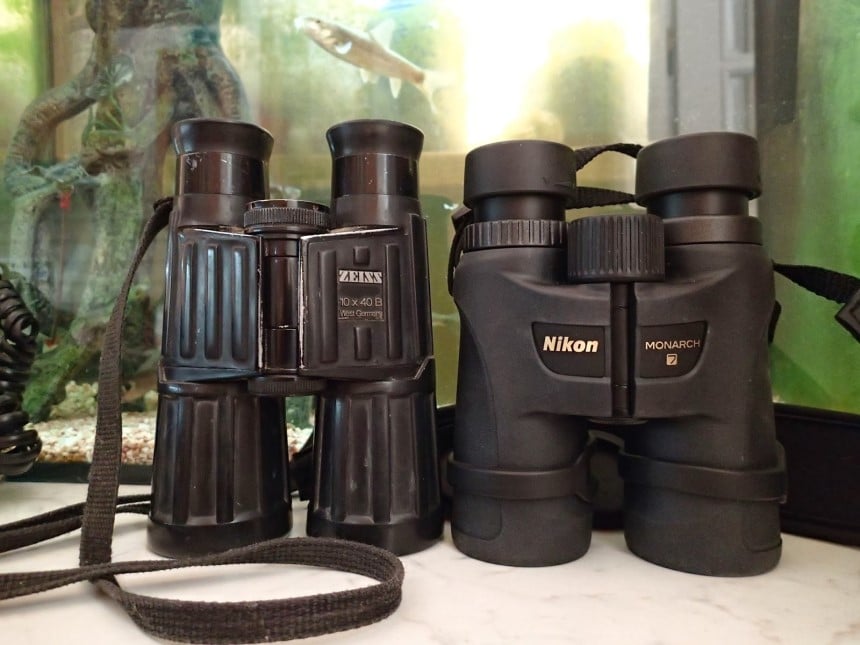 Galileo Galilei, the famous Greek astronomer, innovated this design extensively, reaching a point of 30 times magnification. Though the images produced by these telescopes were blurry and unclear, Galileo used these to spot craters on our moon and see the four biggest moons around Jupiter.
Galileo Galilei, the famous Greek astronomer, innovated this design extensively, reaching a point of 30 times magnification. Though the images produced by these telescopes were blurry and unclear, Galileo used these to spot craters on our moon and see the four biggest moons around Jupiter.
Johannes Kepler first thought of utilizing two convex lenses instead, which clarified the image and offered greater magnification but unfortunately inverted the image.
Ignazio Porro probably made the next major innovation, using glass prisms in place of traditional lenses to reflect the image off of one another. This allowed for greater magnification and clarity from much smaller designs and became the basis for telescopes and binoculars with similar methods applied to modern binocular designs like the excellent image stabilizing ones found on this TheOptic list.
Taking one step on from the Porro Prism design, a designer named Achille Victor Emile Daubresse began using roof prisms in binoculars around the 1870s. Still, this method remained niche until 1897, when Moritz Hensoldt started marketing them for mainstream retail. There are two notable types of roof prism; the Abbe-Keonig prism, named for inventors Ernst Karl Abbe and Albert Koenig, first patented in 1905, and the Shmidt-Pecan prism, which emerged earlier in 1899. The Wikipedia page for binoculars Trusted Source Binoculars - Wikipedia Binoculars or field glasses are two refracting telescopes mounted side-by-side and aligned to point in the same direction, allowing the viewer to use both eyes (binocular vision) when viewing distant objects. en.wikipedia.org goes into much greater detail about the technical aspects of these designs.
These days you can find binoculars all over the place, with a variety of different types available such as:
The best binoculars for you will, of course, depend primarily on your intended usage. If you plan to go bird watching, for example, you will want binoculars with a noticeably clear image but will not necessarily require an enormous amount of magnification. You would likely prefer lightweight, compact binoculars that are easy to carry for this purpose, especially if you do this in daylight.
If you are looking for astronomy binoculars, magnification will be vital for you as you will be looking at objects an enormous distance away. It is possible to find binoculars with a magnification of up to 25 times in mainstream and online stores. If you need greater magnification than this, you should look at TheOptic’s list of telescopes and consider the Celestron NexStar 4SE 11049.
Where brands are concerned, there are a few manufacturers that are always reliable. Zeiss binoculars are always very well made and fit for various purposes, albeit not the most budget-friendly brand. This article from TheGuardian Trusted Source Barska binoculars | Travel kit | The Guardian Waterproof and robust – there is certainly more to these binoculars than meets the eye for the able seaman, mountaineer or safari fanatic. www.theguardian.com makes a strong case for Barska, who also makes some fantastic binoculars to use in all sorts of situations.
One of our favorites at TheOptic is the Vortex Crossfire HD 10×42 Binoculars CF-4312 which offer an excellent, high-quality image and magnification up to ten times at a very reasonable price point.
Hopefully, this article will have informed you about the origins of binoculars and been an entertaining read for you. The history of binoculars goes back such a long way, and there are so many technical aspects to consider when looking at their evolution. We hope that we have also provided proper guidance on what you want from a pair of binoculars and which binoculars will suit your needs. From the earliest examples founded to the high magnification, high-quality examples you can find today, the history of binoculars is a rich and exciting area of study.
